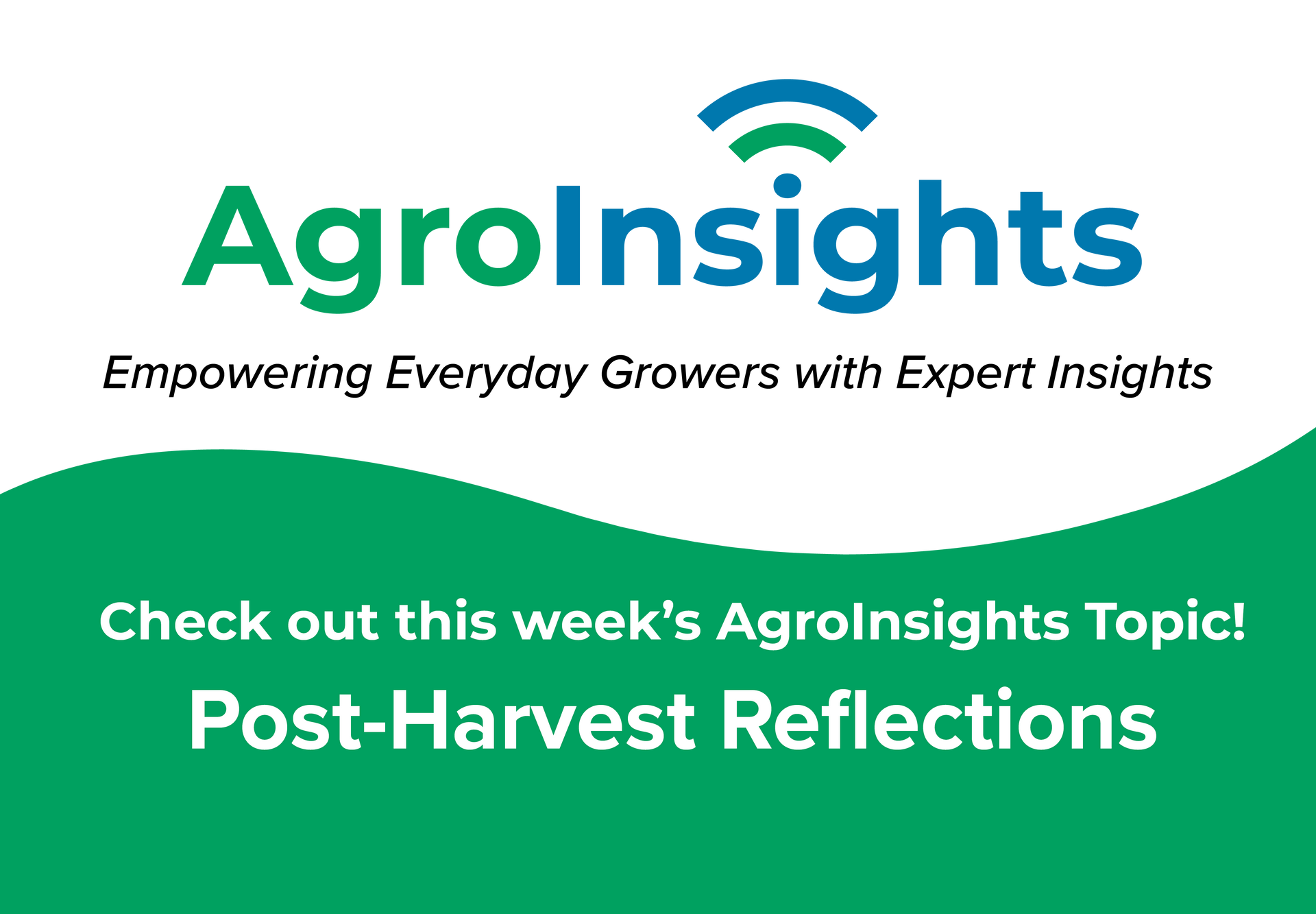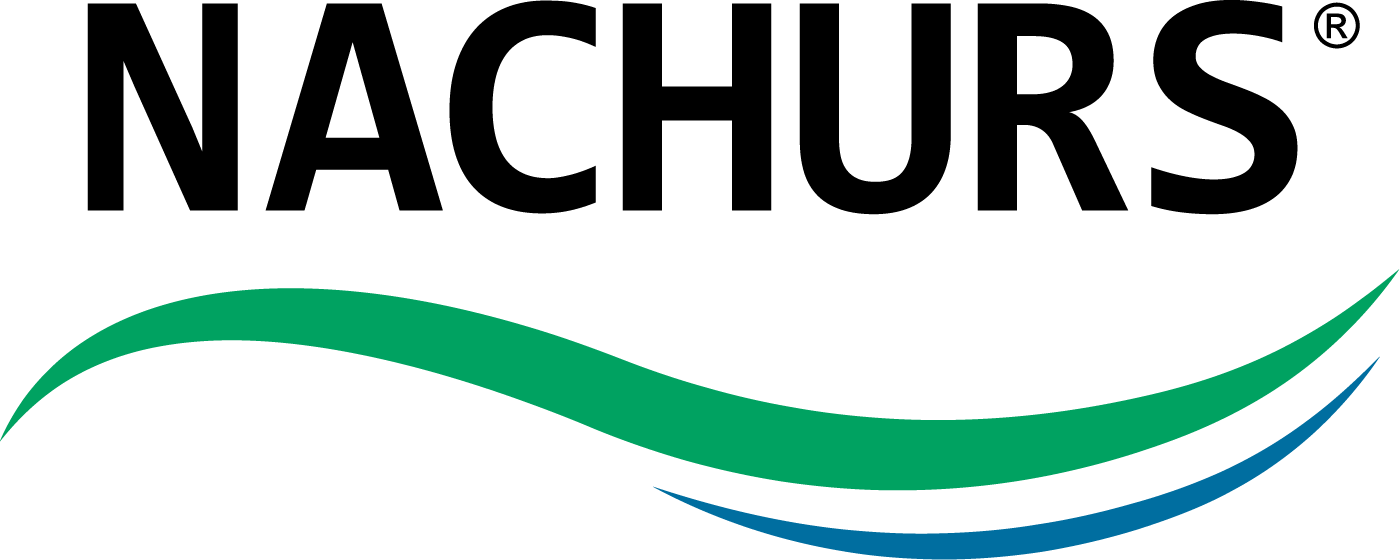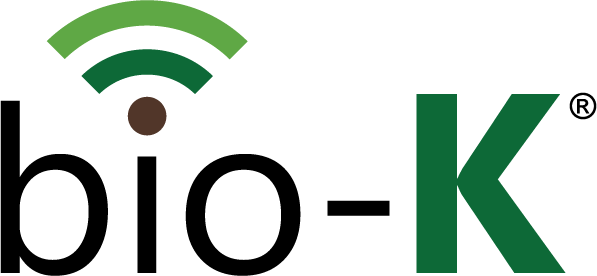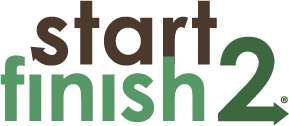It's Time
Much attention is being given to nutrient management efficiencies and plant nutrient deficiencies these days…and rightfully so. The current low ebb in the commodity market has forced all of us to review, analyze, review again, debate, seek counsel, and struggle with deciding on which crop to plant in 2017 and an affordable and manageable nutrient program to go along with it. In the economic environment we find ourselves, why not consider doing something to address efficiencies and deficiencies all-the-while targeting our crops for maximum yield potential? It’s time to be more efficient. It’s time to be more strategic. It’s time to be attentive to the benefits of paying attention to the rhizosphere & root zone, along with listening to what the plant itself is telling us. Many years ago a wise plant science professor told our class: “Plants and the soil will never lie to us.” In the same context he also said soil and plant nutrient needs and requirements are vastly different and rarely parallel each other during the growing season. That is why it is wise to monitor both soil and plant tissue to get a total and honest look at what is going on with a specific crop. It’s time to invest wisely in our nutrient management program, along with our entire input budget. I am currently working with a NACHURS innovative farmer/customer who wants to do just that. We are going to mark several places in fields throughout his operation to monitor the soil nutrient levels and plant nutrient levels in the same place throughout the entire growing season. He intends to keep spikes and dips in irrigation requirements and nutrient levels as flat as possible from start to finish. With 8 – 10 locations monitored and tested weekly or bi-weekly, a pretty reliable data set should be generated giving him real-time information as to what his crop nutrient needs are, at least in those specific locations. Both of us think we know when demand for N, P, K, and micronutrients will peak, but do we really? Do we feed ourselves and our family once per year or once every six months? Of course not, why, then, do we do that to our growing crops year after year, especially in a financially critical year like the one coming up? We need to maximize our yield potential using as many tools that are available as economically and wise as it is to do so. The only way to be as nutrient efficient as possible is to use plant available liquid fertility when the plants are asking for it. Depending on our conclusions and results, this nutrient management monitoring and foliar feeding initiative may continue for three years to give us a solid database of nutrient requirements and removal. It will be interesting what we learn from this. We have no doubt that feeding small quantities of the correct plant food our crops are asking for will boost yields and maximum financial opportunities. Stay tuned for in season progress reports. Christmas is upon us. It is time to relax, be thankful, do a little hunting, be with family and friends, and to reflect on our blessings, the least of which is living and farming in this wonderful country of ours, the United States of America. On behalf of everyone at Nachurs Alpine Solutions we wish each of you a very Blessed and Merry Christmas with family and friends and a profitable and safe 2017!
Much attention is being given to nutrient management efficiencies and plant nutrient deficiencies these days…and rightfully so. The current low ebb in the commodity market has forced all of us to review, analyze, review again, debate, seek counsel, and struggle with deciding on which crop to plant in 2017 and an affordable and manageable nutrient program to go along with it. In the economic environment we find ourselves, why not consider doing something to address efficiencies and deficiencies all-the-while targeting our crops for maximum yield potential?
It’s time to be more efficient. It’s time to be more strategic. It’s time to be attentive to the benefits of paying attention to the rhizosphere & root zone, along with listening to what the plant itself is telling us. Many years ago a wise plant science professor told our class: “Plants and the soil will never lie to us.” In the same context he also said soil and plant nutrient needs and requirements are vastly different and rarely parallel each other during the growing season. That is why it is wise to monitor both soil and plant tissue to get a total and honest look at what is going on with a specific crop.
It’s time to invest wisely in our nutrient management program, along with our entire input budget. I am currently working with a NACHURS innovative farmer/customer who wants to do just that. We are going to mark several places in fields throughout his operation to monitor the soil nutrient levels and plant nutrient levels in the same place throughout the entire growing season.
He intends to keep spikes and dips in irrigation requirements and nutrient levels as flat as possible from start to finish. With 8 – 10 locations monitored and tested weekly or bi-weekly, a pretty reliable data set should be generated giving him real-time information as to what his crop nutrient needs are, at least in those specific locations. Both of us think we know when demand for N, P, K, and micronutrients will peak, but do we really? Do we feed ourselves and our family once per year or once every six months? Of course not, why, then, do we do that to our growing crops year after year, especially in a financially critical year like the one coming up? We need to maximize our yield potential using as many tools that are available as economically and wise as it is to do so. The only way to be as nutrient efficient as possible is to use plant available liquid fertility when the plants are asking for it. Depending on our conclusions and results, this nutrient management monitoring and foliar feeding initiative may continue for three years to give us a solid database of nutrient requirements and removal. It will be interesting what we learn from this. We have no doubt that feeding small quantities of the correct plant food our crops are asking for will boost yields and maximum financial opportunities. Stay tuned for in season progress reports.
Christmas is upon us. It is time to relax, be thankful, do a little hunting, be with family and friends, and to reflect on our blessings, the least of which is living and farming in this wonderful country of ours, the United States of America.
On behalf of everyone at Nachurs Alpine Solutions we wish each of you a very Blessed and Merry Christmas with family and friends and a profitable and safe 2017!
